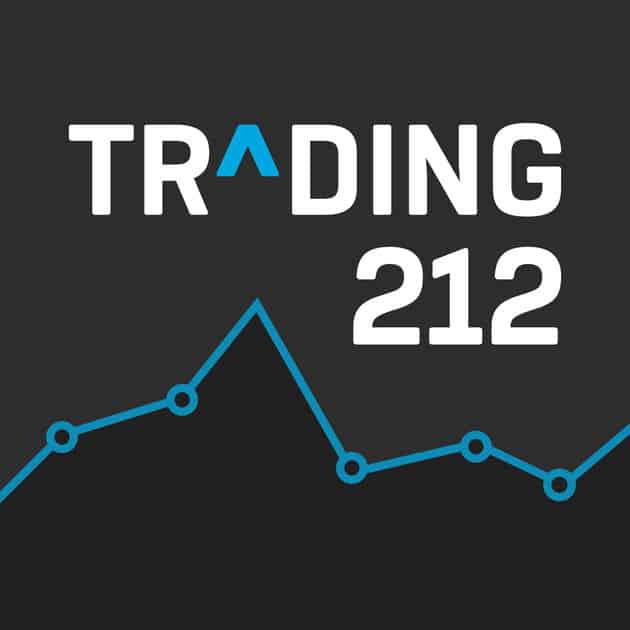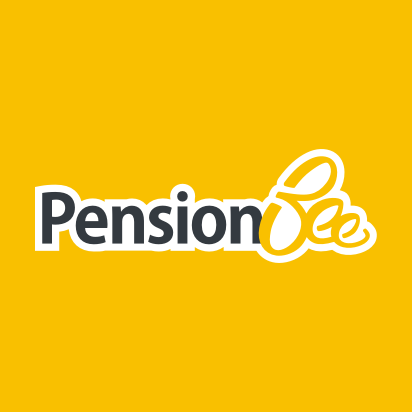Living alone and managing your finances independently can feel empowering, but it also comes with challenges, especially when you don’t have a financial backup like a partner or family member. Managing your money without having a safety net of someone to fall back on requires a careful approach with good planning to ensure financial stability and peace of mind. Here’s how you can manage your money effectively when living alone:
Without anyone else to help absorb the financial load, a clear budget is your friend. It helps you understand exactly where your money is going, what’s essential, and where you can cut back.
Track all your monthly income and expenses to ensure you’re living within your means. Prioritise essential household running expenses and insurance first before allocating funds to discretionary spending like dining out or new clothes. You could use the 50/30/20 rule, which is a simple budgeting guideline where 50% of your income goes to essential living expenses (rent, bills, food). 30% is for wants, like leisure activities and holidays, and 20% should be saved or used to pay down debt.
Use apps or spreadsheets to track every penny spent. This helps spot patterns and identify areas where you might be overspending.
An emergency fund is your safety net. Without a backup, you may need this fund to cover unexpected expenses like a new boiler, car repairs, or a sudden job loss.
Ideally, set aside enough to cover 3-6 months of living expenses. Start small if necessary, but aim to build this fund consistently over time.
Treat your emergency fund as an essential line item in your budget. If it takes time to build, consider automating your savings so it grows passively each time you get paid.
Keep your emergency fund in a separate savings account to avoid dipping into it for non-emergency expenses.
Setting clear financial goals gives you direction, helping you stay focused on your long-term well-being. These might include paying off credit card debt, saving for a dream holiday, or building up an emergency fund. Make them realistic and achievable.
Think about longer-term goals too, such as retirement planning, homeownership, or starting your own business. Even if retirement feels far away, starting to save and invest early can make a huge difference in the long run.
Use tools like budgeting apps or spreadsheets to track your progress. Check in with your goals regularly to stay motivated and adjust if needed.
With no backup to help cover the bills, increasing your income can be a game-changer. This could involve side hustles, selling unwanted belongings or investing in your career progression by taking on further training.
Consider starting a side gig based on your skills or passions; it could be freelance writing, dog walking, online tutoring or selling handmade crafts. A side hustle can add a significant income stream, which can be used for savings, paying down debt, or investing.
If you’ve been at your current job for a while, consider asking for a pay rise. Highlight your contributions and market value in your field. Alternatively, you may explore other opportunities for career advancement that offer higher pay.
If your job or industry offers room for growth, invest in further education or certifications that could increase your earning potential in the long term.
Credit is essential for making big purchases like a car or home, and having a good credit score can result in better interest rates on loans and the ability to borrow when you need to.
Use tools like Experian to keep track of your score and report. Check for any errors or fraudulent activity that could negatively affect your credit. Late payments can hurt your credit score and increase your debt. Set up automatic bill payments or reminders to ensure you never miss a due date. Keeping your credit utilisation rate below 30% is considered key to maintaining a good score. If possible, pay off your balances in full each month.
Without a backup, you’ll need insurance coverage to protect yourself from financial disaster in case of illness, injury, or other unexpected events. Some insurances to consider include:
While you may not have a backup now, planning for a future where you have more financial stability can provide peace of mind.
Once you have a solid emergency fund and debt under control, consider investing in stocks, bonds, or real estate for long-term growth.
Even as a single person, it’s essential to create a will and designate beneficiaries for your assets. If something were to happen to you unexpectedly, this ensures your wishes are followed.

Get a FREE fractional share with Trading212
Use promo code: MITM (works within the first 10 days of signing up)
Fractional share worth up to £100. Capital at risk. Terms apply

Get a Welcome Bonus of up to £50 when you invest at least £100 with InvestEngine

Consolidate your Pensions with PensionBee
Keep your pensions all in one place with this simple to use Pension service.
Manage your money better with MoneyMonitor
I personally built this website to allow me to bin my spreadsheets in favour of something a little easier to use. It’s completely free of charge.